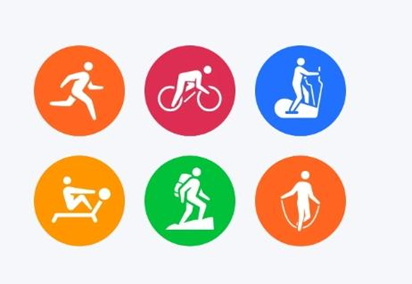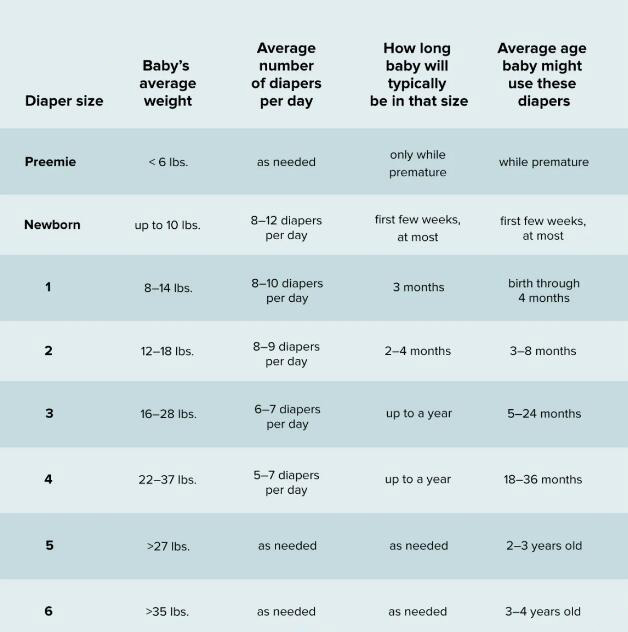How Does Exercise Help with Blood Pressure Reduction?
Exercise plays a crucial role in
maintaining overall health and well-being, especially for individuals dealing
with high blood pressure. By incorporating regular physical activity into your
routine, you can significantly reduce hypertension risk and improve heart
health. This blog will explore the benefits of exercise on blood pressure, the
best types of exercise to lower blood pressure, the recommended amount of
exercise, and other lifestyle changes to help manage hypertension effectively.
How Does Exercise Lower Blood Pressure?
The Impact of Exercise on Heart Health
Exercise strengthens the
heart muscle, enabling it to pump blood more efficiently. When your heart works
more effectively, it reduces the force on your arteries, which lowers blood
pressure. Regular physical activity helps maintain a healthy weight, which is
crucial for managing blood pressure, as excess weight increases the strain on
the heart. A stronger heart pumps blood with less effort, helping to alleviate
pressure on the blood vessels and reduce overall blood pressure levels.
How Exercise Affects Blood Vessels and Circulation
Engaging in regular
exercise also improves the elasticity of your blood vessels, facilitating
better blood flow. As the vessels become more flexible, they are able to expand
and contract as needed, which allows for smoother circulation. Exercise
stimulates the production of nitric oxide, a compound that helps relax the
blood vessels and improves their ability to dilate. This process, known as
vasodilation, reduces the resistance against blood flow, leading to lower blood
pressure. Additionally, regular exercise helps reduce the levels of stress
hormones, such as cortisol, that can constrict blood vessels and elevate blood
pressure.
What Are the Best Types of Exercise for Blood
Pressure?
Aerobic Exercise
Aerobic activities like
walking, jogging, cycling, and swimming are highly effective in lowering blood
pressure. These exercises get your heart rate up and improve your
cardiovascular health. Aerobic exercise strengthens the heart and lungs, which
can help the body use oxygen more efficiently, reducing strain on the heart.
Regular aerobic exercise also aids in burning calories and lowering body
weight, both of which have a direct impact on blood pressure levels. To reap
the benefits, aim for at least 30 minutes of aerobic exercise most days of the
week.
Using the Huawei Watch
D2, you can monitor your heart rate during aerobic activities and ensure you’re
staying within the optimal intensity levels for blood pressure reduction. The
watch tracks your exercise sessions, providing detailed feedback on your performance
and helping you make data-driven decisions to adjust your workout routine.
Strength Training
Incorporating strength
training exercises, such as weight lifting or bodyweight exercises (like squats
and lunges), into your fitness routine can also enhance cardiovascular health.
Building muscle mass helps the body use insulin more effectively, which can
improve blood sugar levels and reduce blood pressure. It’s important to note
that strength training doesn't just build muscle; it also promotes a better
metabolism and helps in weight management. For optimal benefits, include two to
three days of strength training per week.
With the Huawei Watch
D2, you can track your daily steps, calories burned, and monitor your heart
rate throughout strength training exercises, ensuring you’re maximizing the
benefits without overexerting yourself.
Flexibility and Relaxation Exercises
Practices like yoga and
Pilates combine physical activity with breathing exercises and stress reduction
techniques. These exercises improve flexibility and posture while enhancing
mental well-being. By promoting relaxation and mindfulness, yoga and Pilates
reduce stress, which plays a major role in managing blood pressure. Lowering
stress levels through these exercises can help keep your blood pressure in
check, especially when combined with aerobic and strength training exercises.
The Huawei Watch D2
offers advanced stress-tracking features, allowing you to monitor fluctuations
in stress levels throughout your day. By combining mindful activities with
stress management tools, you can optimize your approach to blood pressure
management.

How Much Exercise Is Needed for Blood Pressure
Benefits?
Recommended Frequency and Duration
Experts recommend at
least 150 minutes of moderate aerobic exercise or 75 minutes of vigorous
exercise per week. This translates to about 30 minutes of exercise, five days a
week. If you're just starting out or are new to exercise, begin with shorter
sessions and gradually build up to the recommended amount. Consistency is key
for long-term blood pressure management, so find activities you enjoy and make
them part of your routine.
By using the Huawei
Watch D2, you can set daily exercise goals and monitor your progress toward
meeting the recommended duration and frequency of exercise. The watch helps
keep you motivated by tracking your achievements and providing actionable
insights into your health.
Intensity and Rest for Effective Blood Pressure
Management
Moderate-intensity
exercises, like brisk walking or cycling, are sufficient for improving
cardiovascular health and lowering blood pressure. If you prefer more intense
activities, such as running or high-intensity interval training (HIIT), aim for
shorter sessions, as these can have a significant impact in a shorter amount of
time. It’s essential to balance exercise with adequate rest to allow your body
to recover. Over-exercising can lead to fatigue and increased stress levels,
which could elevate blood pressure. Rest days are just as important as active
days to ensure your body recovers and stays in balance.
The Huawei Watch D2
tracks your heart rate during both exercise and rest periods, helping you gauge
when you need to push harder or ease off to avoid overexertion.

Other Lifestyle Changes to Manage Blood Pressure
The Role of a Healthy Diet
A balanced diet plays a vital role in managing blood pressure.The food that lower blood pressure, such as those rich in potassium, magnesium, and fiber, help regulate blood pressure by reducing sodium's effects on the body. A diet rich in fruits, vegetables, whole grains, and low-fat dairy products can significantly lower blood pressure. Reducing salt intake, avoiding processed foods, and limiting alcohol consumption are also key dietary changes that support healthy blood pressure levels. A diet that complements regular exercise can amplify your efforts in maintaining a healthy blood pressure.
Sleep
and Stress Management for Lower Blood Pressure
Quality sleep and stress
management are equally important for managing blood pressure. Aim for 7-8 hours
of sleep per night, as inadequate sleep can elevate stress levels and
negatively impact blood pressure. Stress management techniques, such as deep breathing,
meditation, or engaging in calming activities like reading or walking, can help
reduce cortisol levels. By incorporating relaxation practices and ensuring
sufficient rest, you can help your body recover and maintain balanced blood
pressure levels.
Conclusion
Incorporating regular
exercise into your routine is a powerful tool in managing and reducing high
blood pressure. By engaging in aerobic activities, strength training, and
flexibility exercises, you can significantly improve your cardiovascular
health. Remember that exercise works best when paired with a healthy diet and
effective stress management techniques. Monitoring devices like the Huawei
Watch D2 can provide valuable insights into your progress and help you stay on
track with your blood pressure management goals. Start making these changes
today, and experience the positive impact on your health and well-being.


